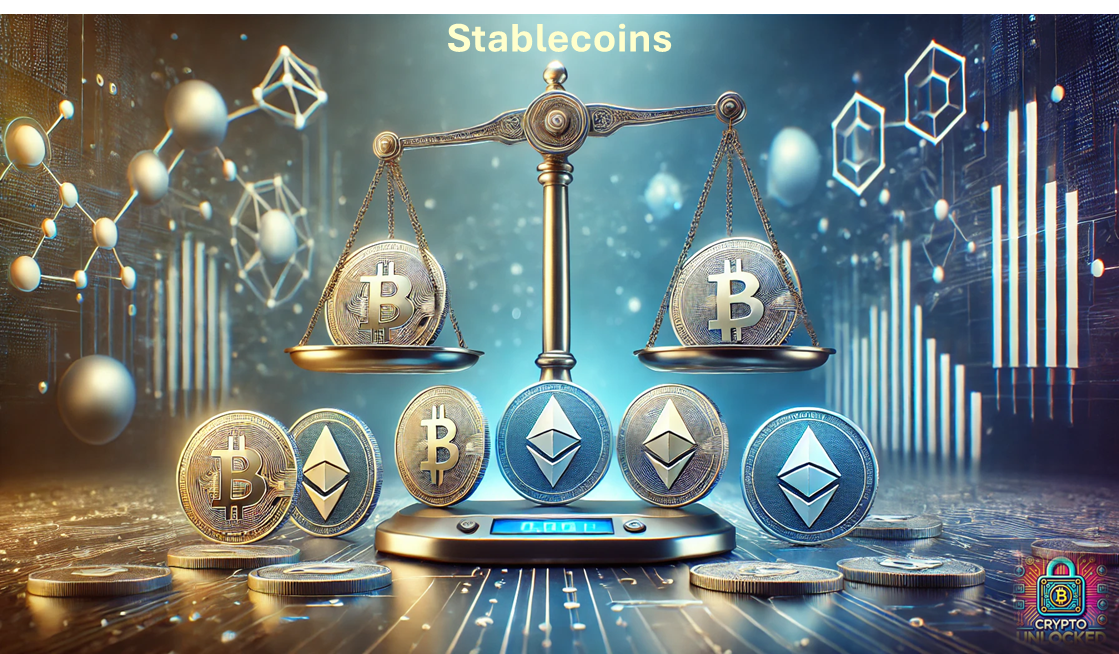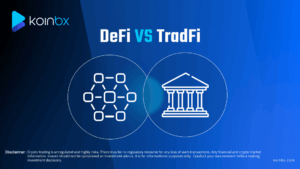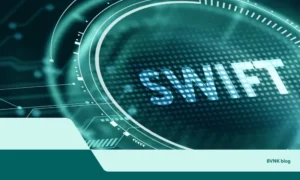In the ever-evolving landscape of the cryptocurrency market, few assets command the kind of dual identity that stablecoins do. Once considered mere tools for parking funds during periods of volatility, stablecoins are now taking center stage. With renewed investor interest, rising trading volumes, and integration across decentralized and traditional platforms, the question must be asked: Is this renewed momentum a reactionary flight to safety, or does it signal a broader strategic rebalancing within crypto portfolios?
The Stablecoin Surge: What’s Driving It?
Over the past few months, stablecoins have seen a notable resurgence. According to data from several leading blockchain analytics platforms, USDT, USDC, and DAI have experienced increases in market capitalization, wallet activity, and circulation volume. This upward trend comes amid a backdrop of geopolitical uncertainty, regulatory tightening, and renewed volatility in the broader crypto market.
But it’s not just turbulence driving the demand. There’s a growing recognition that stablecoins are more than just safe havens—they’re foundational instruments for liquidity, on-chain finance, and cross-border settlement.
Recession Fears and the “Flight to Safety” Narrative
The traditional narrative is simple: when markets become uncertain, investors seek refuge in less volatile assets. In the crypto world, that typically means moving from speculative tokens like altcoins to stablecoins pegged to fiat currencies—usually the U.S. dollar.
In recent months, tightening monetary policies by central banks, declining tech stock earnings, and market corrections have pushed both retail and institutional investors toward stablecoins. In essence, they’re using stablecoins the way traditional investors use cash or bonds: as a temporary refuge.
Furthermore, the collapse of certain high-risk DeFi projects and “rug pulls” have made investors more cautious. With capital preservation taking priority over high returns, stablecoins are benefiting from a growing desire to “sit on the sidelines” without entirely exiting the crypto ecosystem.
The Case for Strategic Rebalancing
However, attributing the entire surge in stablecoin demand to fear or defensiveness would be an oversimplification. A more nuanced view reveals that many investors are strategically rebalancing portfolios, positioning themselves for future opportunities while leveraging the growing utility of stablecoins.
1. DeFi Integration and Yield Opportunities
Stablecoins are no longer passive assets. In DeFi, they serve as collateral for loans, liquidity for automated market makers (AMMs), and units for yield farming. Platforms like Aave, Compound, and Curve Finance offer attractive yields for stablecoin deposits, allowing users to earn relatively predictable returns without exposure to price volatility.
In this context, stablecoin usage is more proactive than reactive. It’s not just about escaping volatility—it’s about optimizing return on capital while waiting for better market conditions.
2. Institutional Adoption and Onboarding
Stablecoins are becoming integral to institutional trading strategies and treasury management. Major firms now use USDC and USDT for intra-exchange arbitrage, OTC trading, and even as part of cross-border payroll systems.
Circle and Tether—the issuers of USDC and USDT, respectively—have worked to improve transparency and audit standards, which is helping attract more regulated financial institutions. As institutional participation grows, so does demand for reliable, fiat-pegged digital assets.
3. Global Remittances and Real-World Use Cases
Beyond speculation, stablecoins are seeing real-world usage in emerging economies, where traditional financial infrastructure is lacking or unreliable. In countries facing hyperinflation, capital controls, or banking restrictions, stablecoins offer an efficient and censorship-resistant way to store and transfer value.
This utility-driven demand strengthens the long-term case for stablecoins and suggests their current momentum isn’t just cyclical—it could be structural.
Shifting Preferences: USDC vs. USDT vs. Algorithmic Options
Another facet of this stablecoin revival lies in changing user preferences. While Tether’s USDT remains the market leader in terms of volume and global reach, USDC has gained traction due to its reputation for transparency and its adoption by institutions.
Meanwhile, algorithmic stablecoins like DAI have carved out a niche within the DeFi-native community. After the Terra/LUNA crash in 2022, trust in algorithmic designs waned, but newer models and more risk-aware communities are reviving interest in decentralized, collateral-backed alternatives.
It’s also worth noting that new entrants like PayPal’s PYUSD and Europe’s MiCA-regulated stablecoins are expanding the competitive landscape, potentially altering dynamics in both centralized and decentralized applications.
Regulatory Winds: Headwinds or Tailwinds?
The global regulatory stance on stablecoins is evolving quickly. While some jurisdictions are cracking down on unregulated issuers, others are laying the groundwork for regulated, bank-grade digital dollars. The U.S., for example, is moving toward a clearer legal framework for stablecoins, emphasizing full backing, audited reserves, and transparency.
These developments could either enhance the credibility of existing players or open the doors for central bank digital currencies (CBDCs) to challenge stablecoins in utility and scale. Either way, regulatory clarity is likely to increase institutional confidence and overall market participation.
Volatility in Other Sectors Accelerates Stablecoin Demand
Recent price swings in top altcoins, NFTs, and Layer-2 tokens have reminded investors that risk is still very much alive in the crypto space. As such, some are choosing to allocate larger portions of their portfolios to stablecoins—not to leave the market, but to remain ready for faster deployment when market conditions align.
Liquidity is power in volatile markets. Stablecoins, by being always on-chain and instantly tradable, provide that power.
Conclusion: An Asset Class Coming Into Its Own
So, are stablecoins regaining momentum due to fear-driven capital preservation or as part of a larger, more calculated investment approach?
The answer is both.
What began as a knee-jerk response to market turbulence has evolved into a broader strategic trend. Investors and institutions alike are waking up to the fact that stablecoins are not just placeholders but powerful financial instruments in their own right.
As blockchain ecosystems grow more complex and interconnected, stablecoins are emerging as the liquidity layer that underpins Web3—not just a safe harbor in the storm, but a foundation for the next phase of innovation.










